Working with Faux Fur Yarn
There is no doubt that a little faux fur yarn can add a lot of pizazz to a hand crafted project. And with a little practice, one can learn to crochet or knit with it a little easier.
Tip #1: Crocht Double Stranded
It is nearly impossible to see the stitches when crocheting with faux fur. The furry strands nearly completely hide the stitches. That’s great on a finished product, but not so great when you have to work in those stitches. The problem is not as pronounced when knitting since the stitches are on the needle. If stitches have to be picked up, it will be difficult to find them.
Solution: Crochet with two strands at once, one faux fur and one non-furry yarn. It makes each stitch thicker and a little easier to see. If the non-furry strand is the same color (or nearly the same) as the fur, it almost disappears. The thicker stitches may still be difficult to see, but it is also possible to feel the stitches as you work.
Crocheting with Vanna’s Choice and Fun Fur yarn made finding the stitches in this panda set much easier to find.
Panda Pattern Set available on Etsy.
Tip #2: Count every row.
Counting the number of stitches at the end of every row or round is generally a good idea, but it is almost critical when using faux fur. It is very easy to drop a stitch or lose track of a stitch because it can be difficult to see. You might even add a stitch because it’s not always easy to tell if a stitch has been worked in already.
Keeping track of the number of stitches per row is crucial to keeping a neat edge in projects like the tiger striped scarves.
Tiger Striped Scarves pattern on Etsy.
Tip #3: There is a Right Side and a Wrong Side.
The little furry strands often get trapped within the stitches as they are worked. When working back and forth in rows, both sides will generally be equally furry. When working in the round, the inside tends to be furrier. For a furrier look, turn the project inside out when appropriate so that the furrier side is out.
A hat can often be turned inside out after it’s finished. Some items may need to be turned inside out before they are sewn together. Just note how furry the sides are before completing the project.
The parts of the monkey are turned inside out to keep the furrier side on the outside. A little faux fur on the tree makes the palm tree look more authentic too.
Palm Tree and Monkey pattern set available on etsy.
Tip #4: Not all faux fur is equal.
Faux fur comes in varying lengths. The furry strands can be short or long, coarse or smooth. The type of fur can significantly impact the look and feel of the finished product. Projects with the longer strands of fur tend to look fuller and are softer than the shorter stranded fur. The size and nature of the project may determine which fur to use. Generally speaking, the longer stranded fur costs a little more.
La Furla from Trendsetter Yarns is long and soft making this houdstooth trio very luxurious.
Houndstooth Trio pattern set available on Etsy.
Tip #5: Notice yardage.
Some faux furs come in small skeins. Generally speaking that means more skeins of fur yarn will be needed than non-furry yarn. Projects with smaller stitches will use more faux fur than larger stitches. For instance, a project crocheted using single crochet will use more than the same project done in double crochet. Because the faux fur hides stitches anyway, you might want to change the stitch to a taller stitch to save on yarn. The project will get done faster and still look good.
One skein of faux fur will work for small projects like the trick or treat bags.
Trick or Treat Bags pattern set available on Etsy.
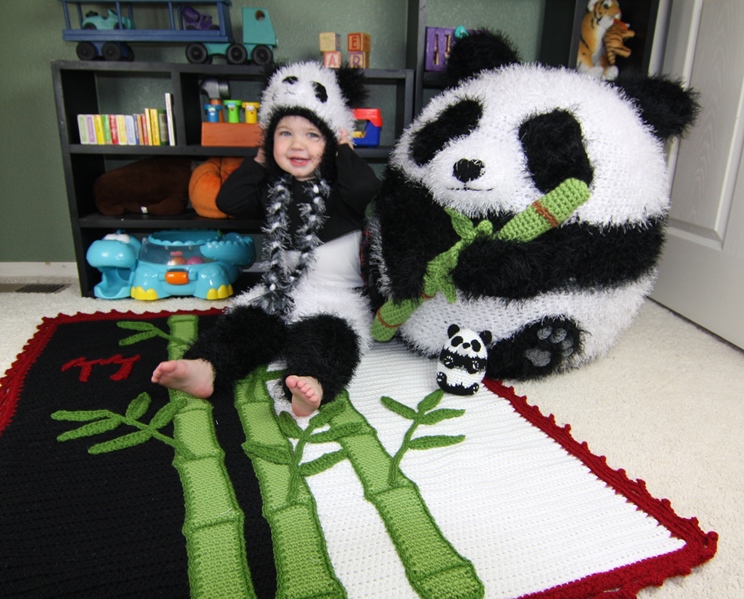
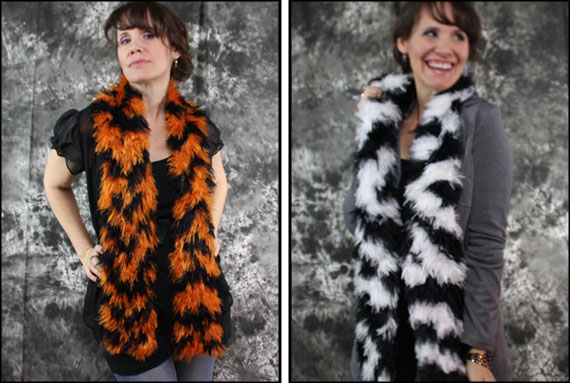
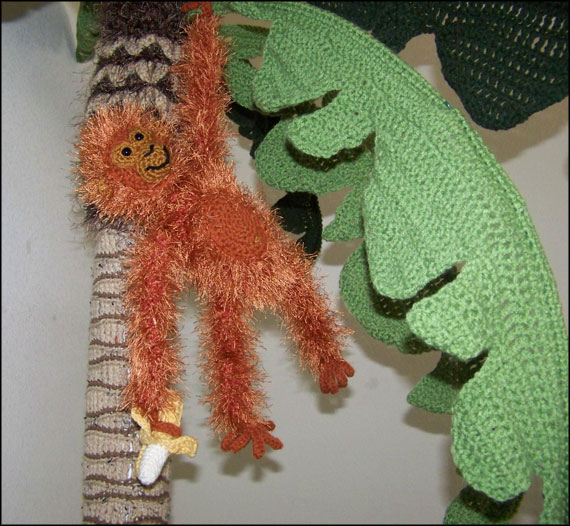


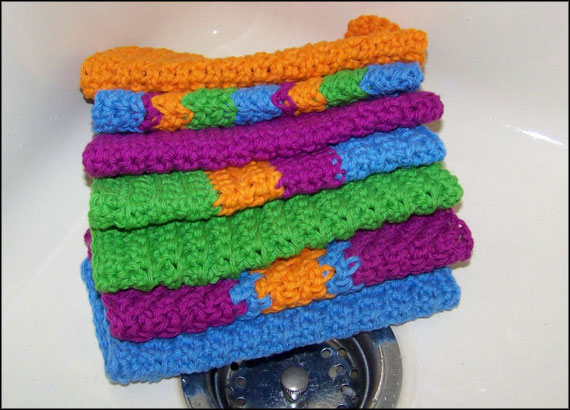

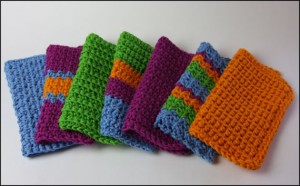

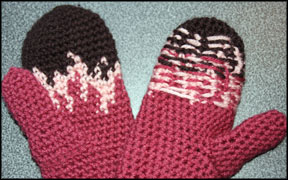
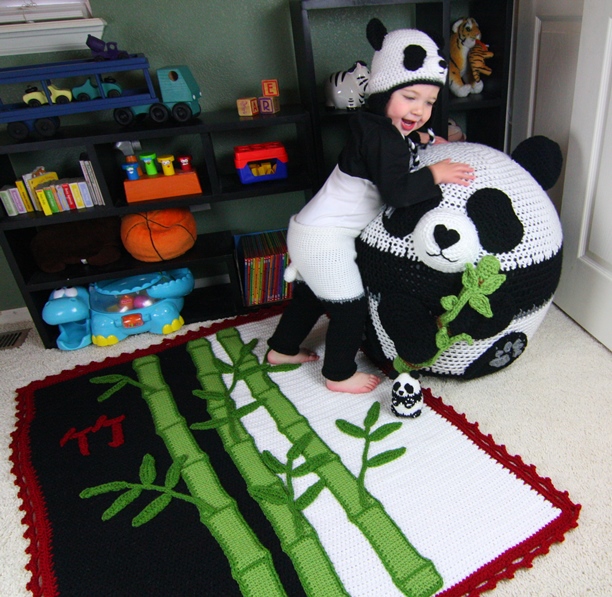
 A friend of mine said she was going to try to come up with a crocheted houndstooth pattern. I had seen this pattern many times before but never knew what it was called. Trying to come up with a pattern intrigued me and I, too, made several attempts at getting an approximate pattern.
A friend of mine said she was going to try to come up with a crocheted houndstooth pattern. I had seen this pattern many times before but never knew what it was called. Trying to come up with a pattern intrigued me and I, too, made several attempts at getting an approximate pattern.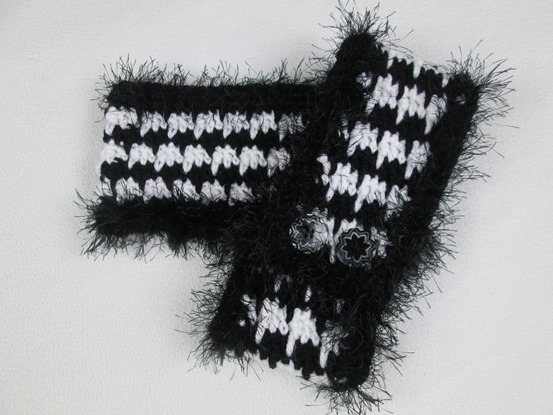
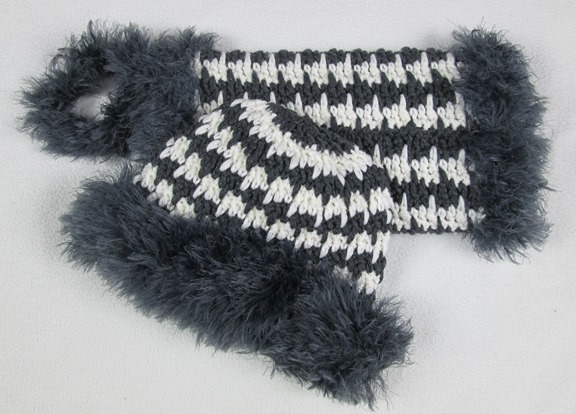
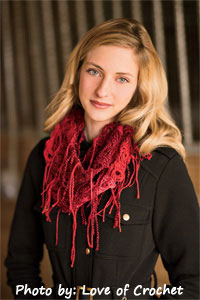
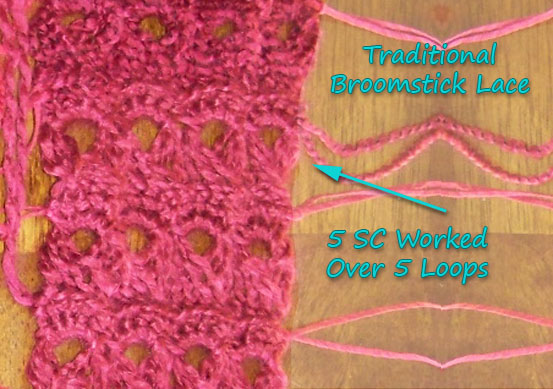
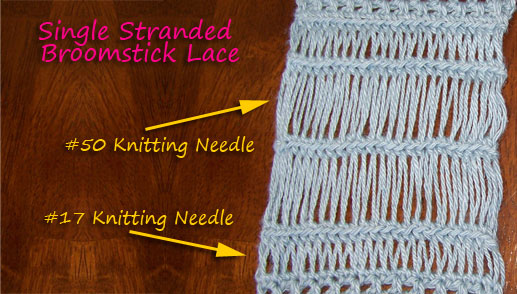
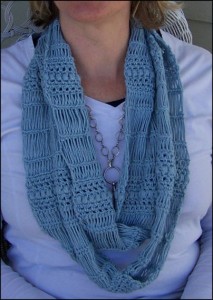
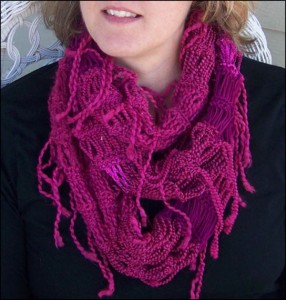 That being said, a yarn that has multiple textures may look quite nice. The stitch definition may suffer, but the various yarns will showcase broomstick lace stitches differently making the whole project very interesting.
That being said, a yarn that has multiple textures may look quite nice. The stitch definition may suffer, but the various yarns will showcase broomstick lace stitches differently making the whole project very interesting.
